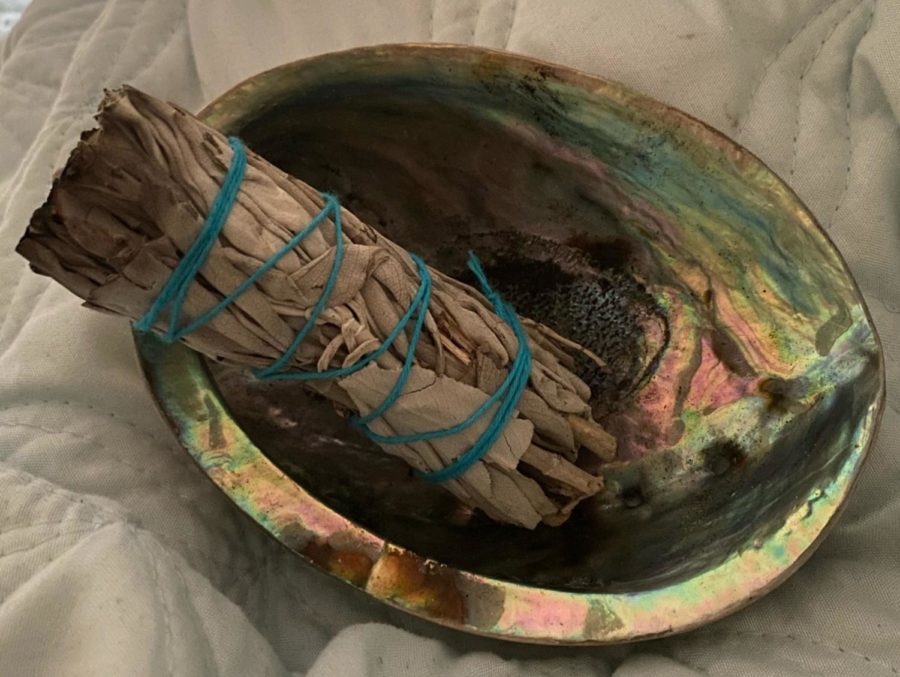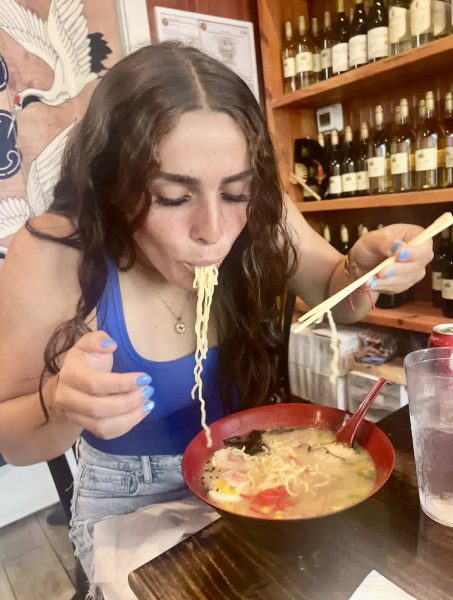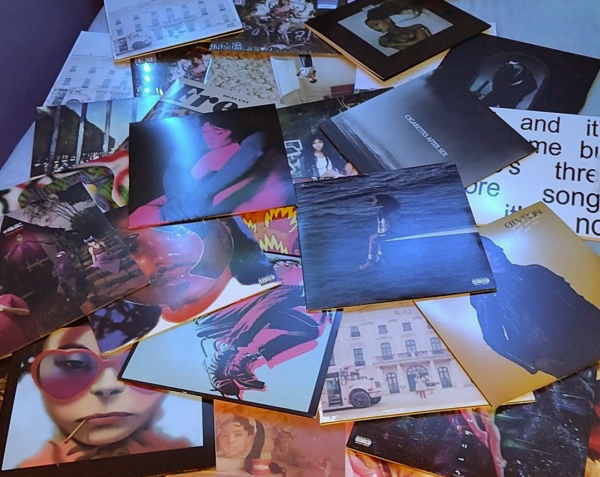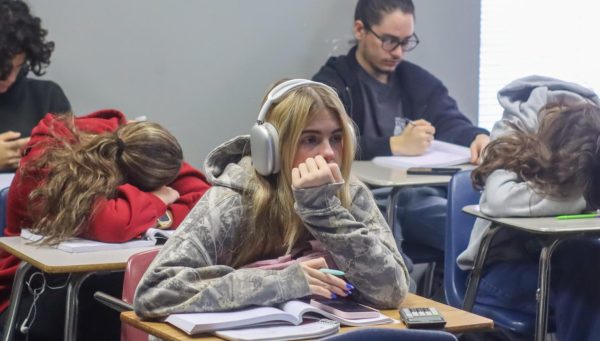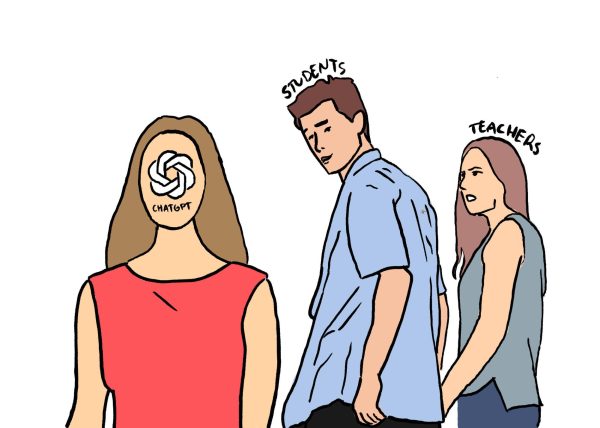Hoodoo: a lost religion
photo by Leah Strickland
One of Strickland’s hoodoo rituals involves sage, a healing herb said to take away any negative spirits around you.
Carrying a bag of garlic and brimstone as a safeguard. Walking backward into one’s house and then forward to ensure that no harm will come. Showering money with salt and cinnamon to bring in greater wealth. These may seem like superstition to many, but they are just some of the rituals of hoodoo, a form of traditional African-American folk magic brought to America by African slaves.
Also known as rootwork or conjure, hoodoo developed from a combination of beliefs of various separate West African cultures. Since Christianity was the dominant religion, other religions were suppressed and discouraged, including hoodoo. As a result, hoodoo was practiced in secret, as a way for Africans to retain their tradition and identity. They would cast spells for security or protection, stemming from the violence and abuse they often endured at the hands of their owners.
Junior Leah Strickland, a student new to Hagerty this year, practices hoodoo. Although she was born a Christian, she decided to switch religions after discovering how Christianity was imposed on her ancestors.
“Christianity was forced upon my people. It didn’t make sense for me to practice a religion that had nothing to do with me,” Strickland said.
First emerging in the southeastern United States, particularly in the Gulf Coast, hoodoo became popular among African-Americans who wanted to reconnect with their ancestors. The same goes for Strickland.
“I had been doing some soul searching and I wanted to align myself with my ancestors…I felt disconnected from my roots,” Strickland said.
For Strickland, the decision to convert religions came when she was 14 years old, after watching a video about the forced conversion of African-Americans to Christianity.
“[The video] went into how the slaves would use hoodoo to protect themselves as well as everyone else from the slave masters. I saw them as heroes in a sense. I wanted to be just like them,” she said.
Although Strickland had known about hoodoo from a young age, hearing about it from older African-Americans in her community, she had not practiced it until that moment.
“I already knew about hoodoo but to hear about how they used it seemed magical to me,” she said.
Today, hoodoo is often portrayed negatively, widely labeled as dark or black magic. This misconception stems from the biased research of previous Christian academics, leading to a demonization of the African tradition.
“There is no reason to think hoodoo is evil; it is only practiced to bring people closer to their ancestors, specifically African-Americans,” Strickland said.
Hoodoo beliefs are purely naturalistic, and its rituals use naturally obtained supplies like herbs and minerals.
“I wash my hands with salt if I feel as though something bad is going to happen and I don’t want to attract any negative spirits. I sage myself once every three weeks as well,” Strickland said.
On a personal level, hoodoo has affected Strickland mentally and spiritually, helping to improve her mental health. As Strickland practices hoodoo, she learns more about herself and her people.
“It has made me more open and awake in a sense,” Strickland said. “For a long time I questioned who I was as a person and I have finally found that answer.”
Your donation will support the student journalists of Hagerty High School. Your contribution helps us publish six issues of the BluePrint and cover our annual website hosting costs. Thank you so much!

